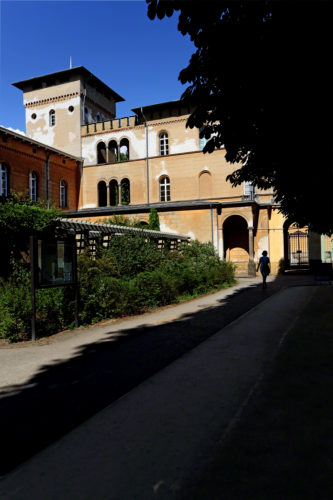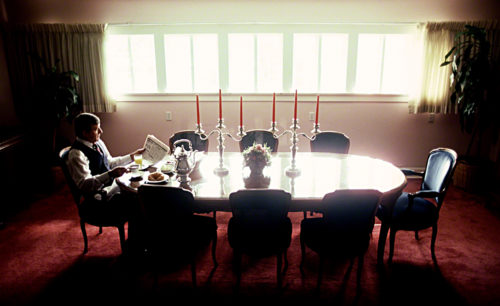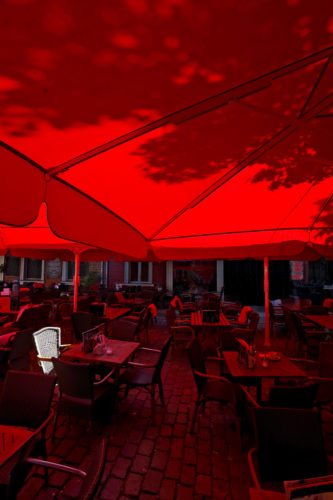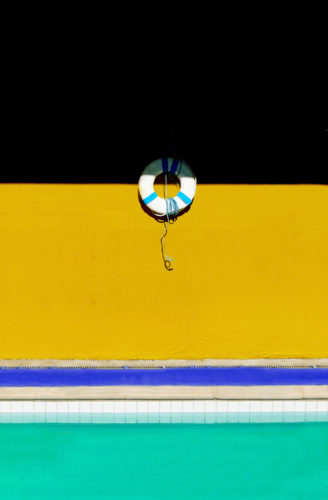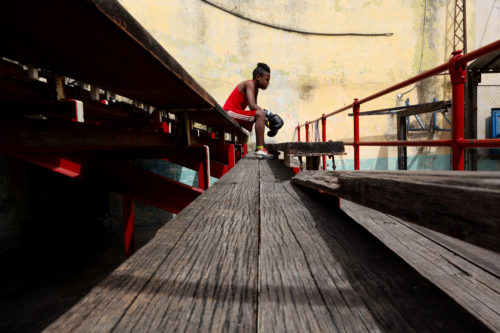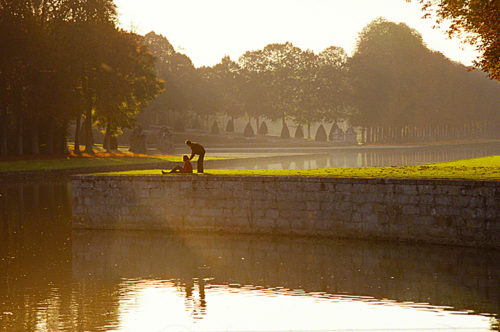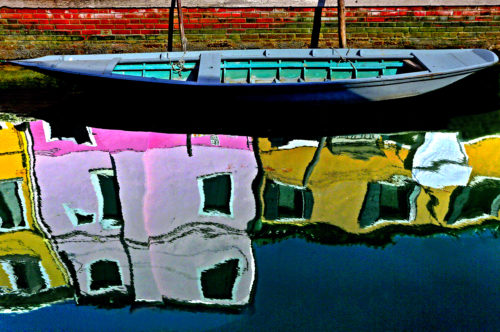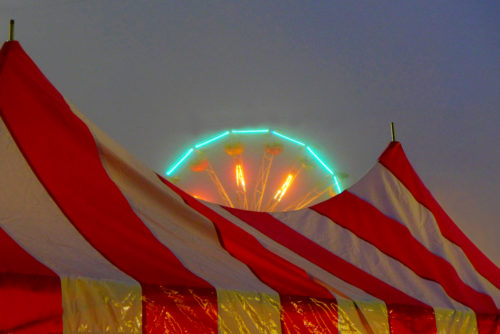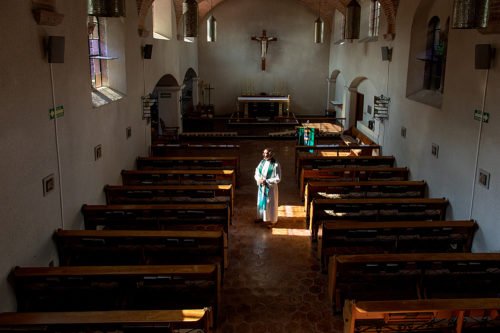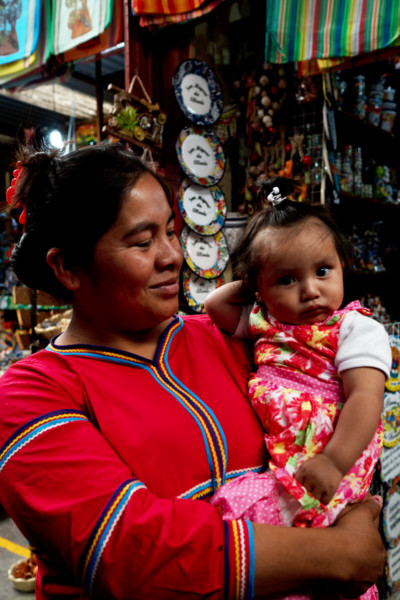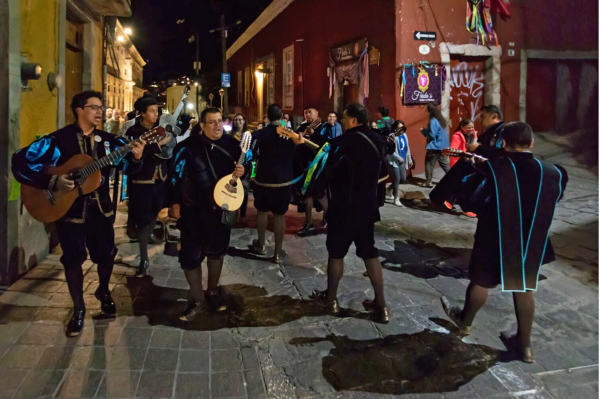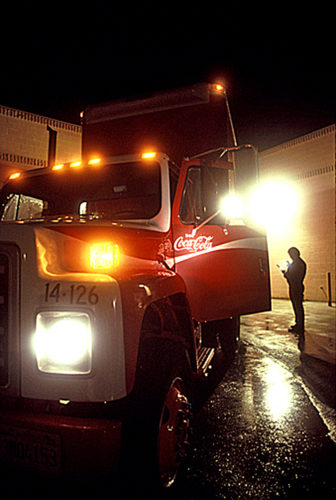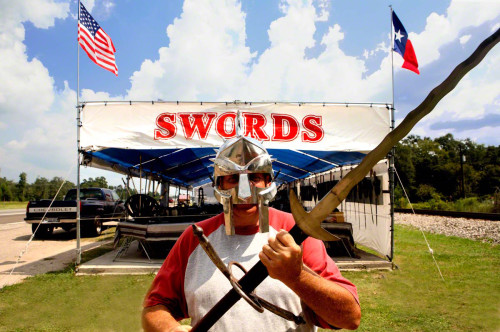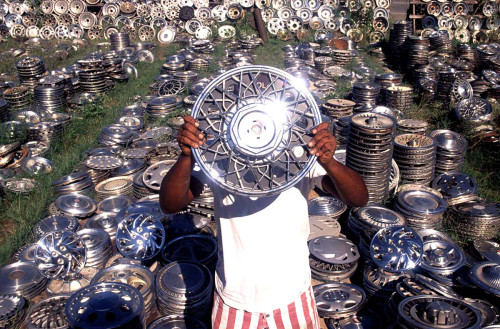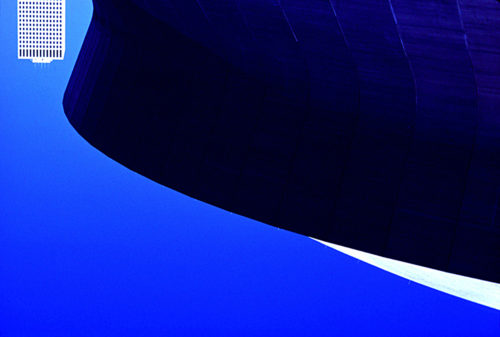This is a category that I usually reserve for artists, whether they be photographers, painters, writers, or musicians…until now.
Although I teach an online class with the BPSOP, I’m actually writing about my recent workshop in Berlin. We were heading to a village near Potsdam to shoot in the late afternoon light, a location I had scouted several days ahead of time.
FYI, I always go a few day ahead of time to check out all the locations, so there’s no surprises when I take my fellow photographers to shoot there; therefore I know the best areas.
I don’t have mention the old adage that Time is of the Essence, but in case you’ve never heard it before, I’m saying it now….Time is of the Essence, especially when it comes to photography.
Ok, here’s a good time to interject the quote: Sir Winston Churchill once said, ” You’ll never reach your destination if you stop and throw rocks at every dog that barks.” So, how does this have anything to do with Potsdam and the location we were going to…you might ask?
As we were walking down the sidewalk on our way to the area that was going to get the best late light, several people were stopping to take pictures of anything they saw, whether it was worth the effort or not.
Now I realize that these people had never seen this village and wanted to record it for posterity, but the pictures they were taking could have been taken just about anywhere in cities in the USA.
I’m talking about window dressings made up of jewelry, clothing, shoes, etc., all of which you could see when you visit Amazon.com; merchandise not even indigenous to Germany…past or present.
It got to the point where I just marked the area on a local tourist map and told those photogrphers to meet the rest of us there.
Sure enough, there were some stragglers that showed up too late to really have the time to spend on a truly fabulous location…straight out of a movie set.
If you’re heading to a location that you either know to be worthwild, or you’ve seen it in pictures, or a friend that has been there and highly recommended it, don’t stop and shoot just to be shooting…don’t throw rocks at every dog that barks.
Visit my website at: www.joebaraban.com, and check out my workshop schedule at the top of this blog. Come shoot with me sometime. I just announced my New York, New York Workshop beginning September 17th ,2019 and ending at noon on the 23rd. This will be my second workshop there and this time we’ll be shooting in all the five boroughs.
JoeB
